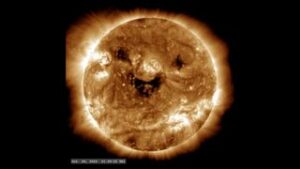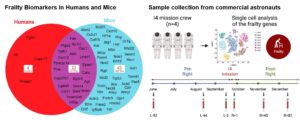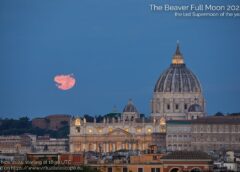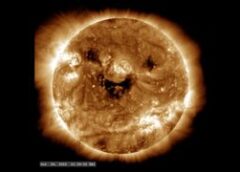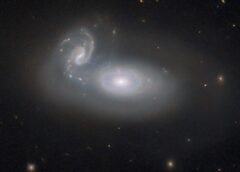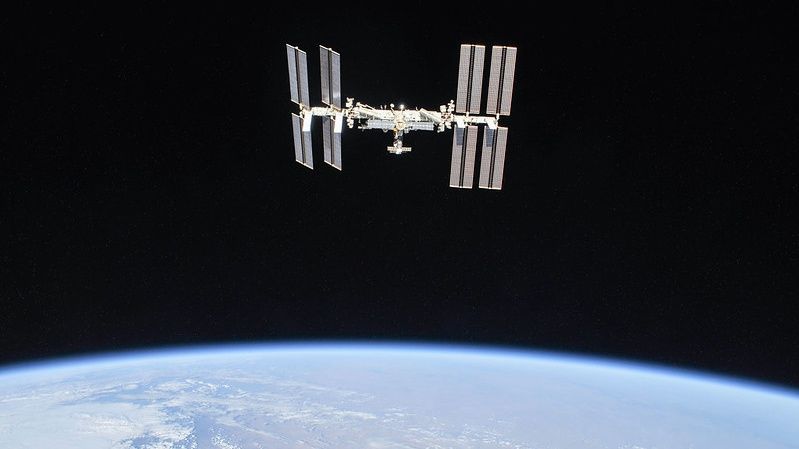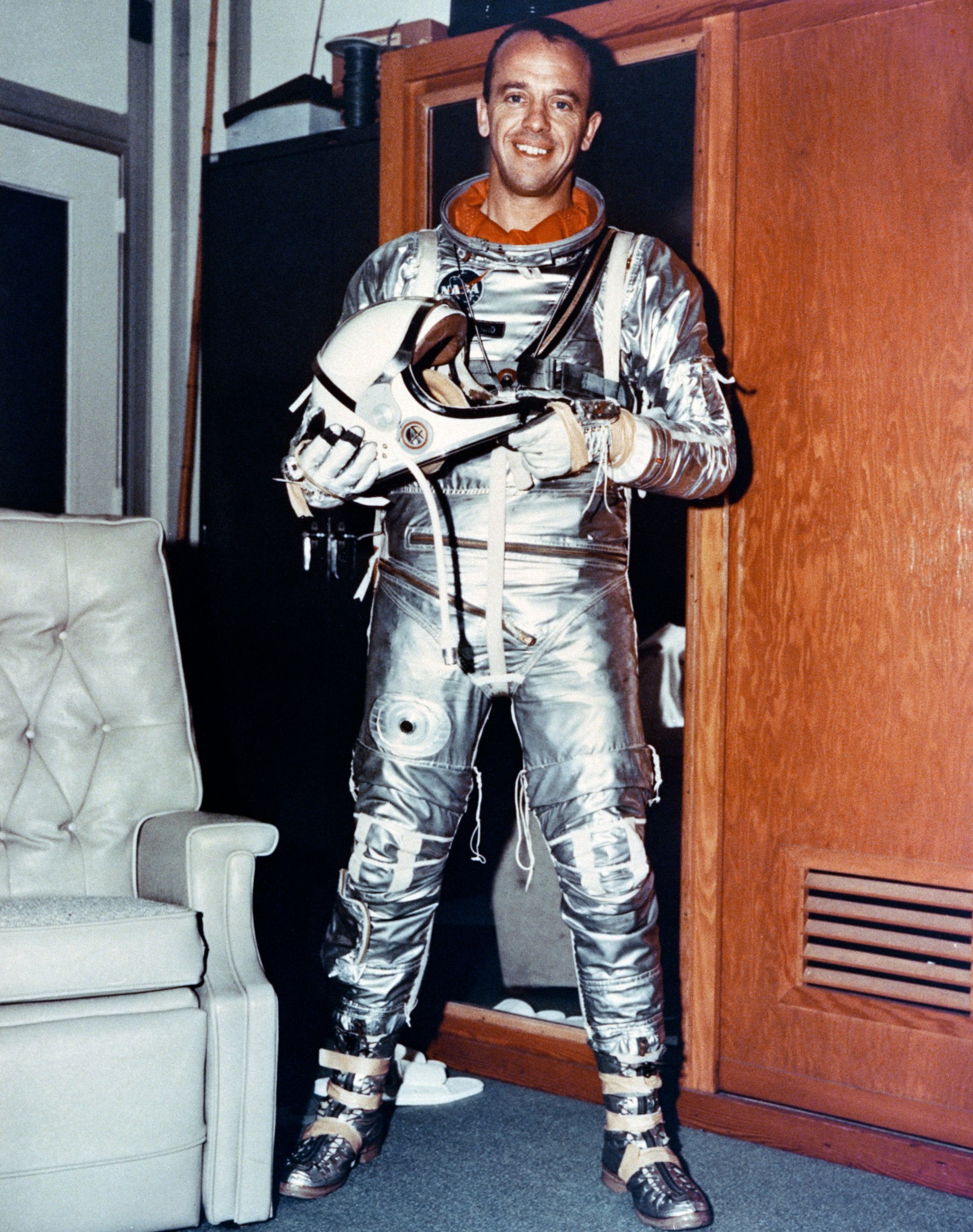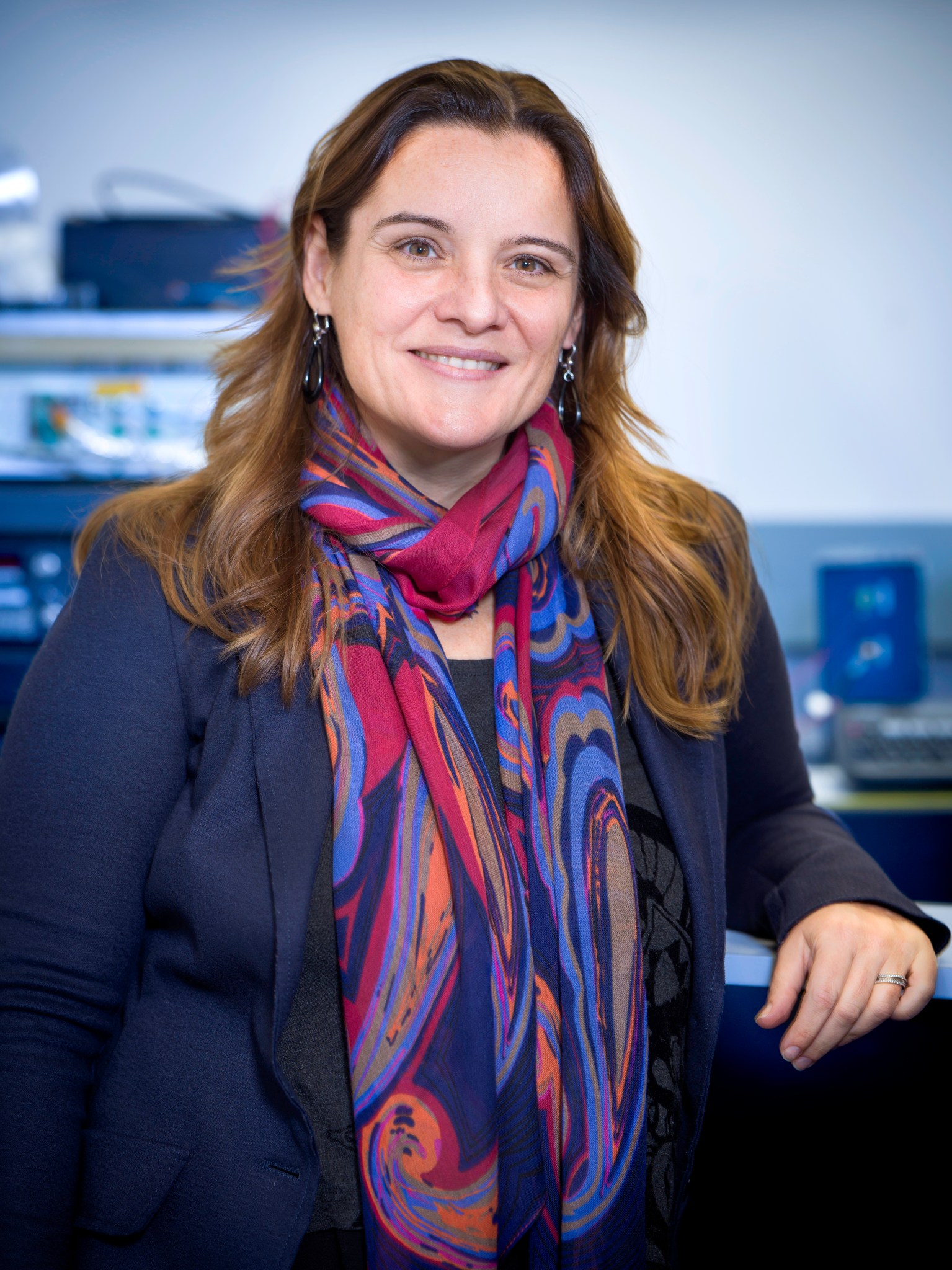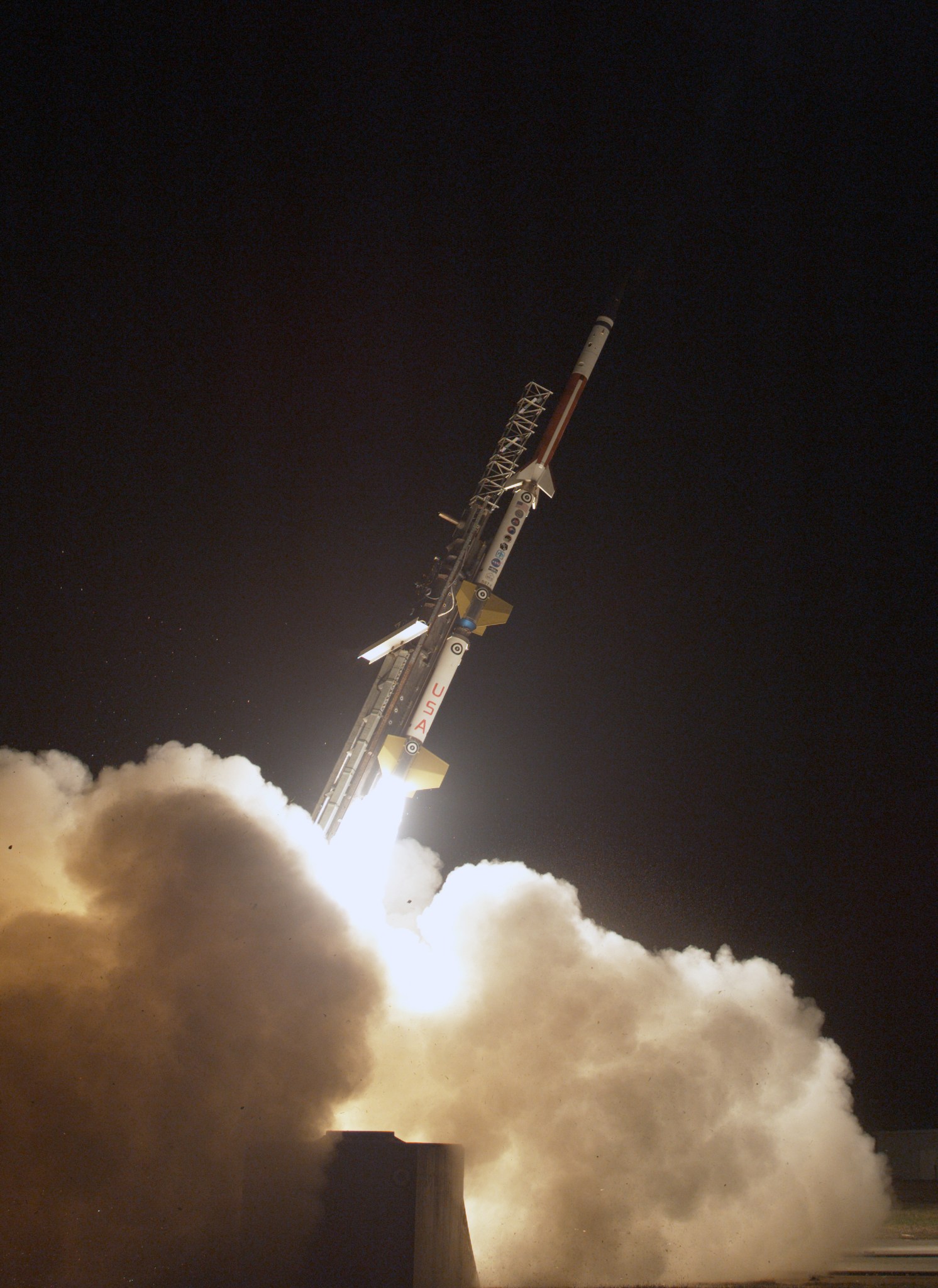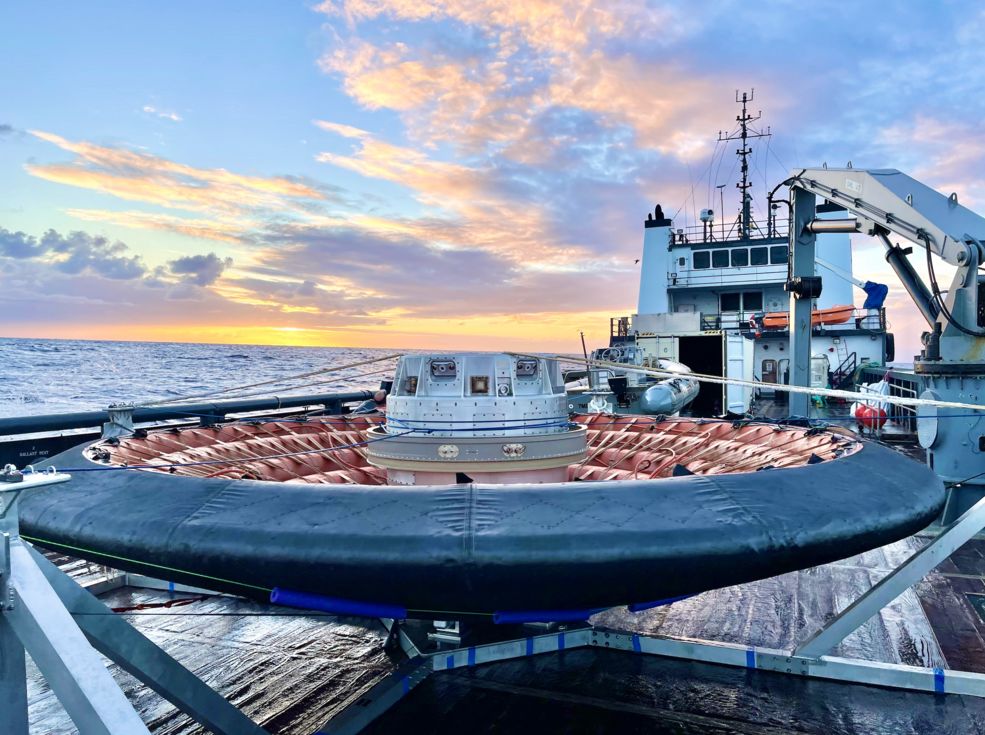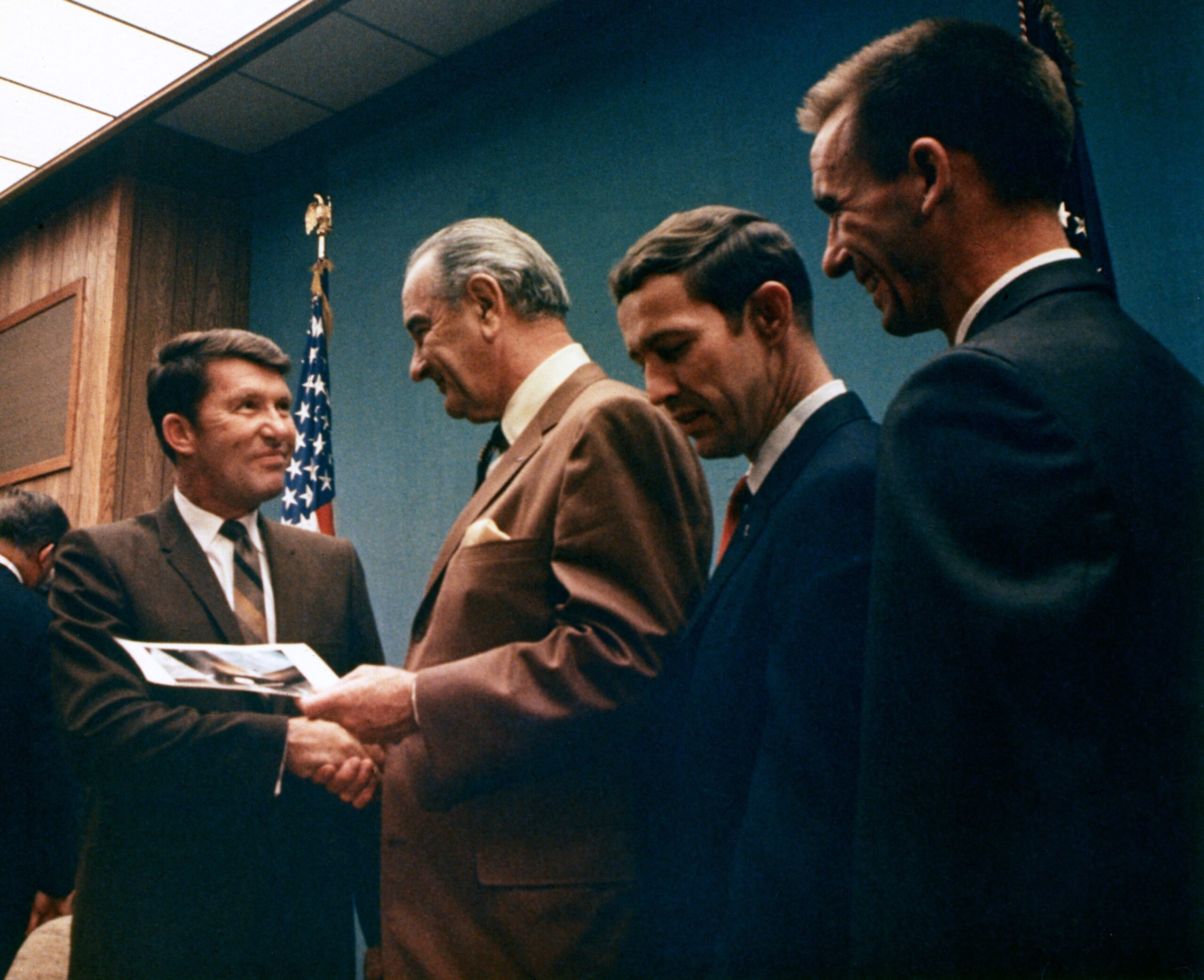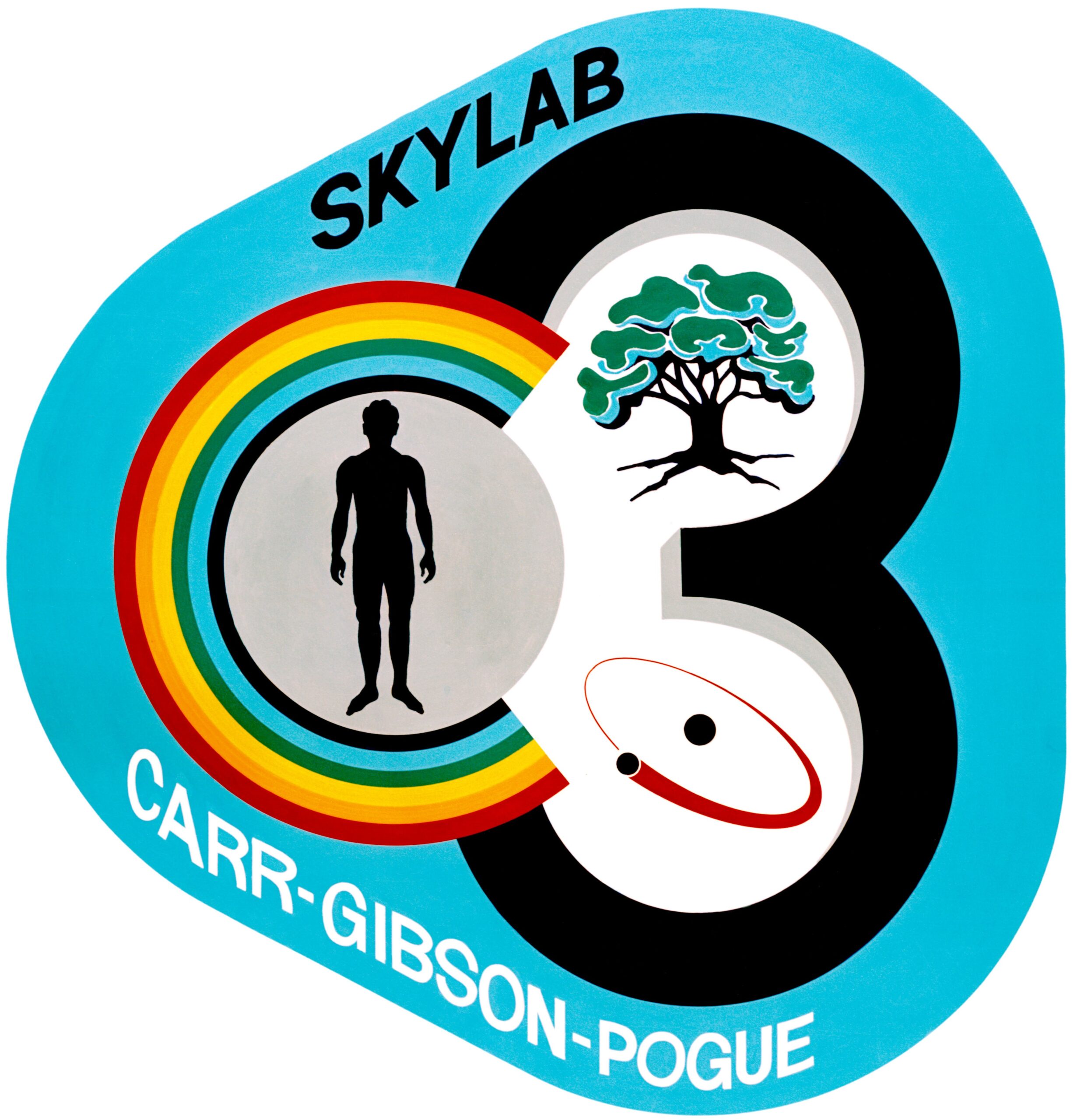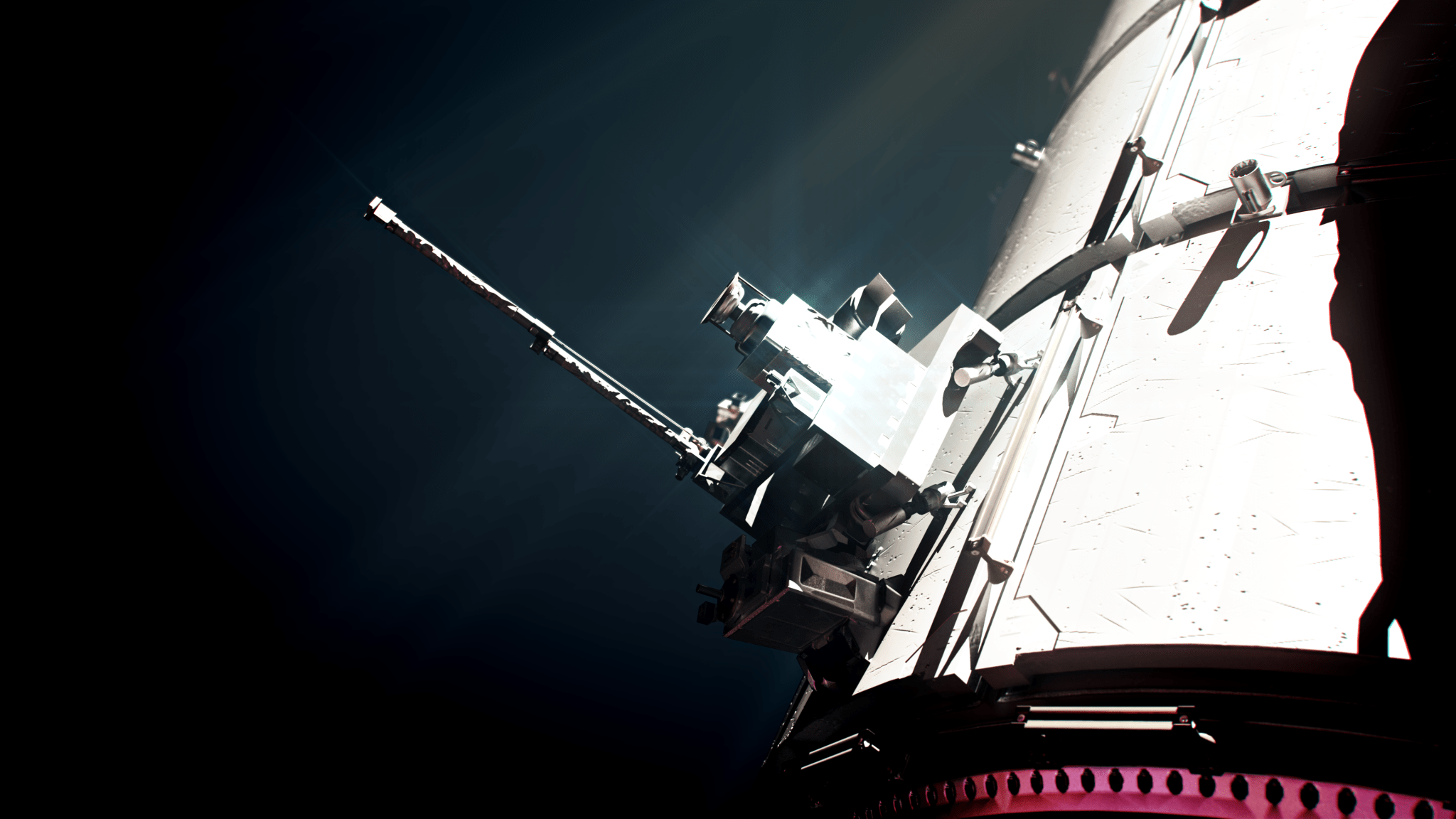Aboard the International Space Station, there’s a compact lab about the size of a small refrigerator that makes some of the coldest stuff in the universe. It’s called the Cold Atom Lab, and for some time, scientists have been using this chamber to research the strange quantum properties of atoms in microgravity. But on Wednesday (Nov. 15), they announced they’ve reached a milestone. Operated remotely by a team with NASA’s Jet Propulsion Laboratory (JPL) in California, the Cold Atom Lab officially generated a quantum gas containing two species of atoms.…
Read MoreCelebrating Astronaut Alan Shepard’s 100th Birthday
Astronaut Alan B. Shepard Jr., attired in his Mercury pressure suit, poses for a photo on May 5, 1961, prior to his launch in a Mercury-Redstone 3 spacecraft from Cape Canaveral on a suborbital mission – the first U.S. manned spaceflight. NASA Born barely 20 years after the Wright Brothers’ first flight, Alan Shepard grew up to fly combat missions in World War II, test multiple new aircraft, become the first American in space, and ultimately hit the first golf shot on the Moon. Born on Nov. 18, 1923, Shepard…
Read MoreArtemis II Astronauts View SLS Core Stage at Michoud
NASA / Michael DeMocker Artemis II NASA astronauts Reid Wiseman and Christina Koch of NASA, and CSA (Canadian Space Agency) astronaut Jeremy Hansen view the core stage for the SLS (Space Launch System) rocket at the agency’s Michoud Assembly Facility in New Orleans on Nov. 16. The three astronauts, along with NASA’s Victor Glover, will launch atop the rocket stage to venture around the Moon on Artemis II, the first crewed flight for Artemis. The SLS core stage, towering at 212 feet, is the backbone of the Moon rocket and includes…
Read MoreNASA Mission Excels at Spotting Greenhouse Gas Emission Sources
5 min read NASA Mission Excels at Spotting Greenhouse Gas Emission Sources Flaring, in which excess natural gas is intentionally burned into the air, is one way methane is released from oil and gas facilities. NASA’s EMIT mission, in more than a year in operation, has shown a proficiency at spotting emissions of methane and other greenhouse gases from space. Adobe Stock/Ilya Glovatskiy Since launching 16 months ago, the EMIT imaging spectrometer aboard the International Space Station has shown an ability to detect more than just surface minerals. More than…
Read MoreNASA Researcher Honored by Goddard Tech Office for Earth Science Work
Earth science researcher Dr. Antonia Gambacorta earned the 2023 Goddard IRAD Technology Leadership award for pioneering new ways to measure lower layers of Earth’s atmosphere from space. The award from the chief technologist of NASA’s Goddard Space Flight Center in Greenbelt, Maryland, recognizes Gambacorta’s work demonstrating how hyperspectral microwave sounding, the measurement of hundreds of thousands of wavelengths of microwave light, could dissect Earth’s atmospheric planetary boundary layer (PBL). She also conceptualized a microwave photonics radiometer instrument to reveal these measurements. NASA / Christopher Gunn The part of Earth’s atmosphere…
Read MoreNASA Wallops Supports Hypersonic Rocket Launches
NASA’s Wallops Flight Facility supported the launch of two suborbital sounding rockets on Nov. 15, 2023, for Navy Strategic Systems Programs (SSP), and the Missile Defense Agency (MDA), in coordination with Naval Surface Warfare Center, Crane Division (NSWC Crane) and the Office of the Secretary of Defense’s Test Resource Management Center (TRMC) Multi-Service Advanced Capability Hypersonic Test Bed (MACH TB). This subscale test was executed by Sandia National Laboratories. Data collected from this test will be used to inform the development of the Navy’s Conventional Prompt Strike (CPS), MDA’s hypersonic…
Read MoreThe Heat is On! NASA’s “Flawless” Heat Shield Demo Passes the Test
5 Min Read The Heat is On! NASA’s “Flawless” Heat Shield Demo Passes the Test The Low-Earth Orbit Flight Test of an Inflatable Decelerator, or LOFTID, spacecraft is pictured after its atmospheric re-entry test in November 2022. Credits: NASA / Greg Swanson A little more than a year ago, a NASA flight test article came screaming back from space at more than 18,000 mph, reaching temperatures of nearly 2,700 degrees Fahrenheit before gently splashing down in the Pacific Ocean. At that moment, it became the largest blunt body — a…
Read More55 Years Ago: Eight Months Before the Moon Landing
November 1968 proved pivotal to achieving the goal of landing a man on the Moon before the end of the decade. The highly successful Apollo 7 mission that returned American astronauts to space provided the confidence for NASA to decide to send the next flight, Apollo 8, on a trip to orbit the Moon in December. At NASA’s Kennedy Space Center (KSC) in Florida, the Saturn V rocket and the Apollo spacecraft for that mission sat on Launch Pad 39A undergoing tests for its upcoming launch. In the nearby Vehicle…
Read More50 Years Ago: Launch of Skylab 4, The Final Mission to Skylab
The third and final crewed mission to the Skylab space station, Skylab 4, got underway on Nov. 16, 1973, with a thunderous launch from NASA’s Kennedy Space Center (KSC) in Florida. Docking eight hours later, astronauts Gerald P. Carr, Edward G. Gibson, and William R. Pogue began a planned 56-day mission that program managers extended to a record-breaking 84 days. During their first month, as they adjusted to weightlessness and their new surroundings, they completed the first of four spacewalks. They began an extensive science program, investigating the effects of…
Read MoreGateway Utilization Town Hall for the International Science Community
NASA’s Science Mission Directorate and Gateway Program will hold a Utilization Town Hall for the international science community at 3 p.m., Jan. 31, 2024. Members of the global science community, academia, and public are invited to participate in this virtual Webex event by registering below. The purpose of this event is to provide all interested international science communities with an opportunity to learn about anticipated Gateway capabilities and opportunities during the Artemis era. Participants will be invited to attend informal presentations from participating agencies, panel discussions and breakout sessions. Registration…
Read More
